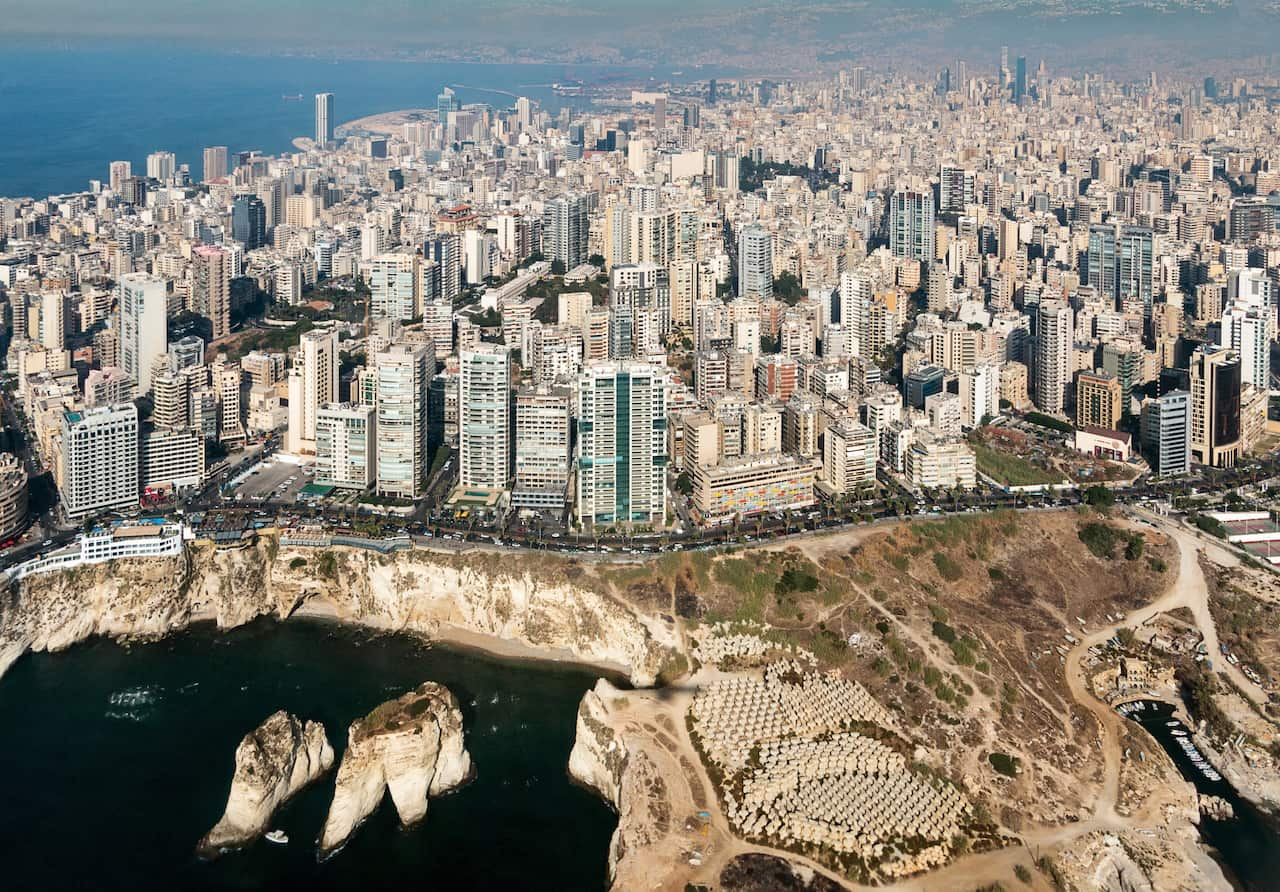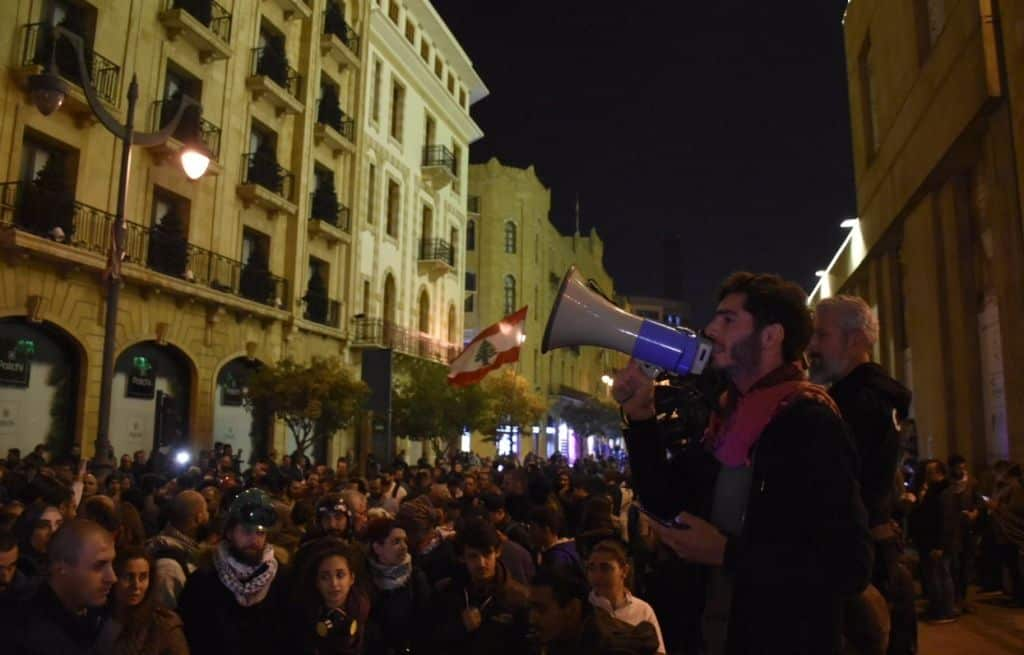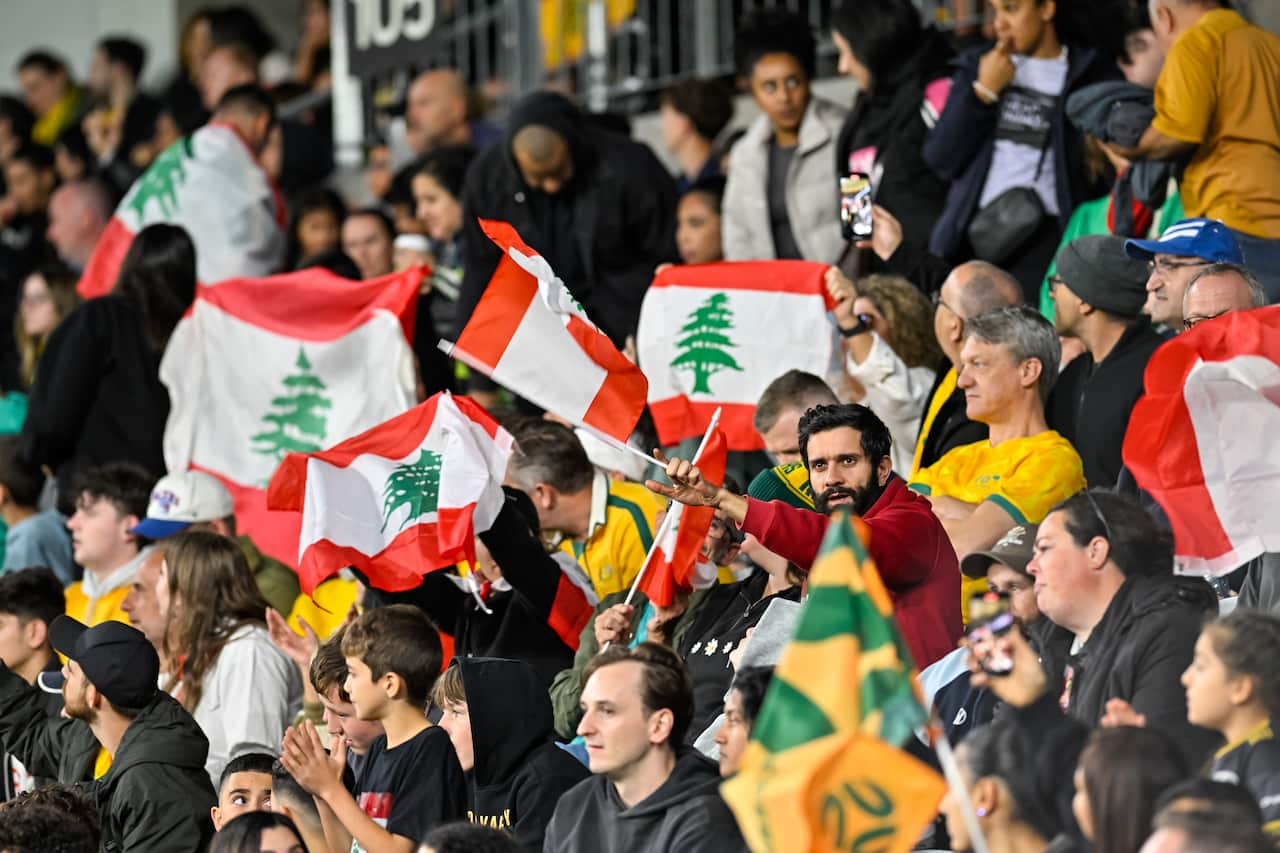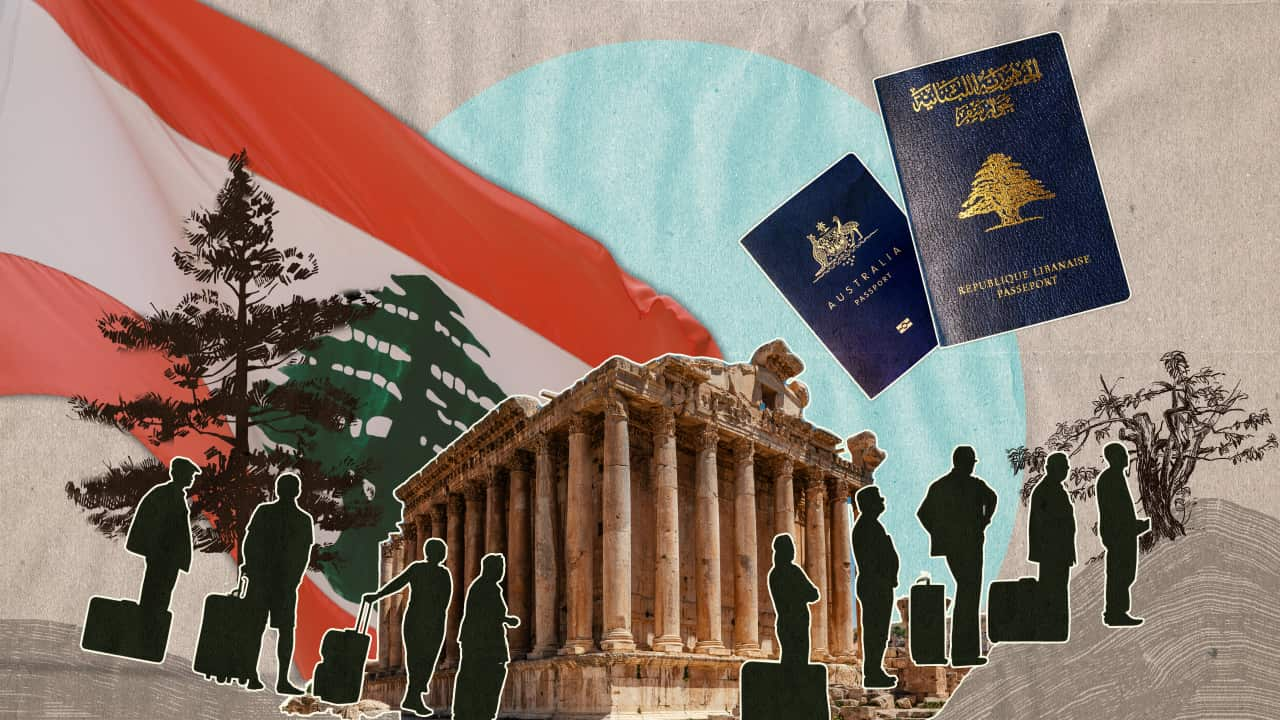Lebanon is a country shaped by tension, political fragmentation and numerous crises, yet experts say its frequent sectarian conflicts have also been a source of strength.
The country is the most religiously diverse society in the Middle East, recognising 18 religious sects.
And despite its small size, Lebanon has made a significant impact globally through extensive migration. There are around five million people living in Lebanon, with even more Lebanese people making up the diaspora.
“People don’t appreciate the diversity that Lebanon’s population has. It’s not just one religion; it’s many religions,” Nelia Hyndman-Rizk, a senior lecturer in intercultural management at UNSW and a Lebanese Australian told SBS News.
“They also don’t realise its history of migration to different parts of the world and the contribution that Lebanese people have made to the countries where they’ve settled.”
This eastern Mediterranean country is a captivating mix of the Middle East and the West, of tradition and modernity, and where culture, family and religion are inherently important.
Yet, it has suffered greatly.
Here are the events that have shaped Lebanon’s story and allowed one organisation — Hezbollah — to finally become dominant.
Beirut with its famous landmark, Pigeon Rocks of Raouche, just off the coast. Source: Getty / Frans Sellies
Divided from the start
Lebanon’s coastal regions were home to some of the world’s oldest human settlements. During the Roman Empire the area was a leading centre of Christianity until Arab Muslims arrived in the seventh century. By the 13th century, the region was under Muslim control, but a religious divide would last for centuries.
The Ottoman Empire ruled from 1516 to 1918. The empire collapsed following World War One and France established Greater Lebanon — the modern country was born.
Lebanon became a republic in 1926 and gained independence in 1943, adopting confessionalism — a unique political system based on different religious communities. Under this system, the role of president is held by a Maronite Christian, the prime minister is a Sunni Muslim and the parliamentary speaker a Shi’a Muslim.
From its start as an independent nation, Lebanon was divided, Professor Ghassan Hage, professor of anthropology at the University of Melbourne, told SBS News.
“Each communal formation in Lebanon has its own foreign policy or direction to the world. When Lebanon was formed in the mid-1940s, a journalist wrote an article stating ‘two negatives don’t form a nation’. Muslims said they wouldn’t orient towards the West, and Christians said they wouldn’t orient towards the Arab world.
“The journalist noted that by rejecting both orientations, you haven’t formed a nation, which needs to be oriented.”
‘Golden age’ then civil war
Nevertheless, Lebanon experienced a period of calm and relative prosperity from the 1950s to the 1970s, earning its capital Beirut the label ‘Paris of the Middle East’.
But this ‘golden age’ didn’t last.
Tensions among religious and ethnic communities, socio-economic disparities, an outdated political system, and the militant activities of the Palestine Liberation Organisation fuelled conflicts, leading to . An estimated 150,000 people were killed and 200,000 wounded in the war.
The postwar settlement entrenched a sectarian political system, further formalising it.
“The war left the country forever changed,” says Associate Professor Jumana Bayeh a Middle East expert at Macquarie University.
“And there has been no real attempt to come to terms with the civil war within Lebanon.
“There has been no national discussion of what transpired between 1975 and 1990.”
After the war, Lebanon regained some stability, but external intervention and strained confessional relations posed ongoing challenges.
The 2011 Syrian uprising and civil war also negatively impacted Lebanon, slowing GDP growth and . Political corruption and government inaction triggered massive demonstrations in October 2019 and the further increased anger towards the country’s politicians.
The 2019 protests in Lebanon stemmed from widespread anger over the systemic mismanagement by the country’s political leaders. Source: Getty / Anadolu
For the most part though, the Lebanese people have lived with the tensions, and agreed to disagree with each other, Hage says.
“Throughout Lebanon’s history, various forces have fought against the political class and corruption, others the Israelis. Some pushed for communism, others wanted Lebanon to be the heart of capitalism.”
“We were divided but we could live together. And I think one of the wonderful things about Lebanon was that this tension did not lead to its disintegration — until now.”
The rise of Hezbollah
Iran’s Revolutionary Guards founded Hezbollah in 1982 during Lebanon’s civil war to export Iran’s 1979 Islamic Revolution and fight Israeli forces.
While other groups disarmed after the civil war, Hezbollah retained its weapons to combat Israeli occupation in southern Lebanon, leading to Israel’s withdrawal in 2000. Despite this, a five-week war between Israel and Hezbollah occurred in 2006.
Sharing Tehran’s Shi’ite Islamist ideology, Hezbollah recruited Lebanese Shi’ite Muslims and grew into a heavily armed force with significant influence in Lebanon, holding seats in parliament. The group has strong ties to Hamas — the Palestinian political and military group that governs the Gaza strip — and receives funding and weapons from Iran.
Hezbollah and Hamas are deemed terrorist organisations by countries including Australia, the United States, Israel, the United Kingdom and Germany.
Opponents claim Hezbollah undermines the Lebanese state and drags Lebanon into conflicts unilaterally.
Hage says living together in Lebanon is becoming “harder and harder”, with tensions between Hezbollah and other communities intensifying.
Hezbollah’s military power has translated into control over Lebanon’s foreign policy, he says.
“There are persistent divisions. Some people are sick and tired of fighting and crave normal everyday life, while others want to fight for the rights of Palestinians.”
Waves of migration to Australia
Amid all these conflicts, Lebanon also has a history of departures — mainly for economic reasons.
“Lebanon has been sending migrants to the world since the late 19th century,” Hyndman-Rizk from UNSW says.
There are now significant Lebanese populations in places such as North and South America, France and Australia, which has welcomed three main waves of Lebanese migrants.
The first migrants arrived about 1880. By 1947, around 1,886 Lebanon-born people lived in Australia.
During the second wave (1947-1975), migration increased, particularly after the 1967 Arab-Israeli War, with the Lebanon-born population in Australia reaching 33,424 by 1976.
In the third wave (post-1975), Lebanon’s civil war led to more migrants coming, with the Australian government easing entry for family sponsorships.
There is a sizable Lebanese community in Sydney. Source: AAP / Sipa USA
In many waves, migrants have returned home again, Hyndman-Rizk says.
“There’s been this idea that they would migrate, make their fortune and return to Lebanon. So they go home and marry or build a house, and then another wave of migration goes back out again in the next generation.”
The 2021 Census recorded 87,343 Lebanese-born people in Australia, with nearly 66,000 in Greater Sydney. About 250,000 people in Australia claim Lebanese ancestry.
, such as medication shortages, banking issues, remittances and securing migration through family sponsorship, Hyndman-Rizk adds.
Fragmented but strong
Hyndman-Rizk believes this history of migration has made Lebanon very worldly and outward-looking.
“I’ve been to events in Lebanon with translators for up to 20 languages because of the diverse regions linked to the diaspora. This gives Lebanon a very pluralist view of the world.”
However, living in a country with 18 recognised religious confessions and a history of crises is not easy, she adds.
“There’s no single group with a clear majority, so there’s always a need to coexist. It’s a matter of daily existence and necessity.”
The fact that there has been no president for three years is indicative of this division, Hage adds.
“Lebanon is a fragmented space made out of many different orientations. It’ll never stop being that. And these divisions get exacerbated by geopolitical tensions.”
Hyndman-Rizk adds that Lebanon’s crises impact everyone, regardless of their confession or religious identification.
“Difficulties are something that people have had to live through each generation. It’s certainly given Lebanese people a strength and resilience.”
With reporting by Agence France-Presse



